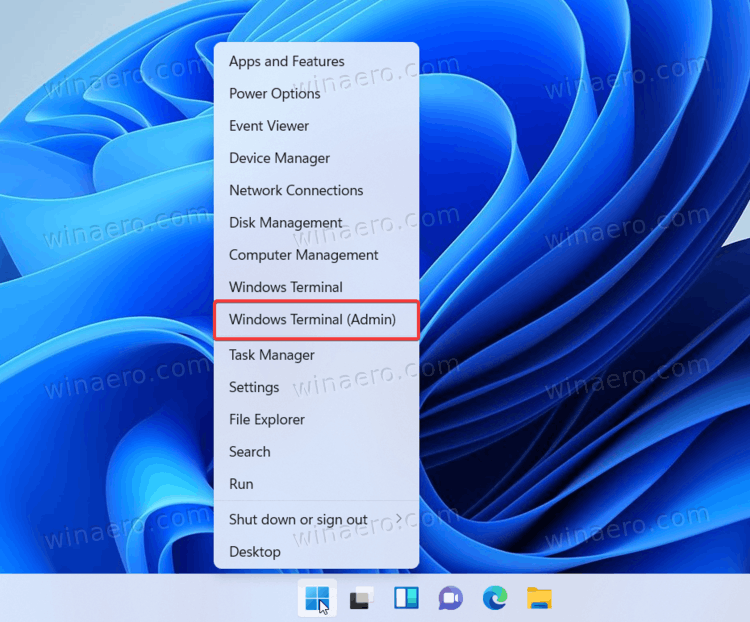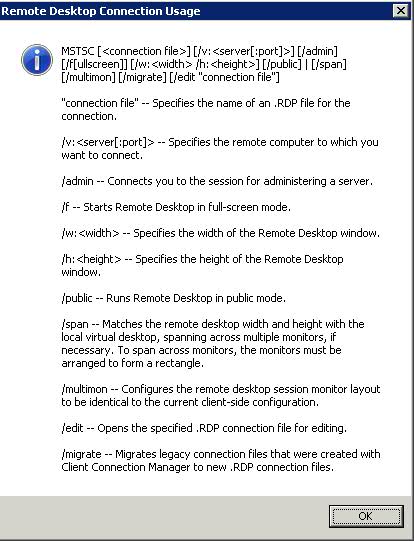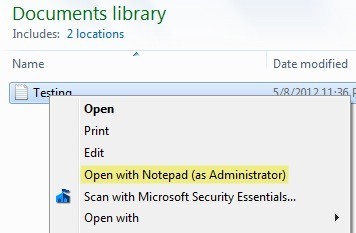
The registration command is straightforward. $linkpath = (get-item 'Windows Terminal (Admin).lnk').fullname You’ll need the full path to the link file. rename-item '.\Windows Terminal.lnk' -NewName 'Windows Terminal (Admin).lnk' The name of the link file will be used in the list, so I renamed my link. If it makes you feel better, I didn’t have any problems, and ESET didn’t raise any flags. I was hesitant about downloading a random file, but it was created by a Microsoft MVP years ago and is an open-source project on Github.



Download the zip file from and extract the file. To accomplish this bit of magic, I needed to download a utility called hashlnk.exe. It apparently needs some sort of Windows voodoo to “register” it. Simply having the link in the folder is not sufficient. If you haven’t done this before, open the link properties and click Advanced.Ĭheck the box and click OK. (Get-Command wt.exe).source | Set-ClipboardĪfter finishing, I knew I wanted the shortcut to run as elevated. I need the path to the Windows Terminal program, so I grabbed that using PowerShell and pasted it. I opened this folder in Windows Explorer and right-clicked to create a new shortcut. The numbering reflects how they are ordered on the list. The Group3 folder is where I want to create my link. These directories correspond to the start menu groupings, starting from the bottom. Under WinX are subfolders Group1, Group2, and Group3. The links are stored under %LOCALAPPDATA%, specifically C:\Users\Jeff\AppData\Local\Microsoft\Windows\WinX. Here’s how I restored my Windows Terminal link.

I reached out to Paul Thurrott on Twitter regarding this issue, and he provided some references on modifying the start list. I’ve been told that this was a deliberate decision to avoid having a dead link if the user uninstalled Windows Terminal. Unfortunately, the latest beta release reverts to Windows PowerShell. ManageEngine ADManager Plus - Download Free TrialĮxclusive offer on ADManager Plus for US and UK regions. Manage and Report Active Directory, Exchange and Microsoft 365 with


 0 kommentar(er)
0 kommentar(er)
